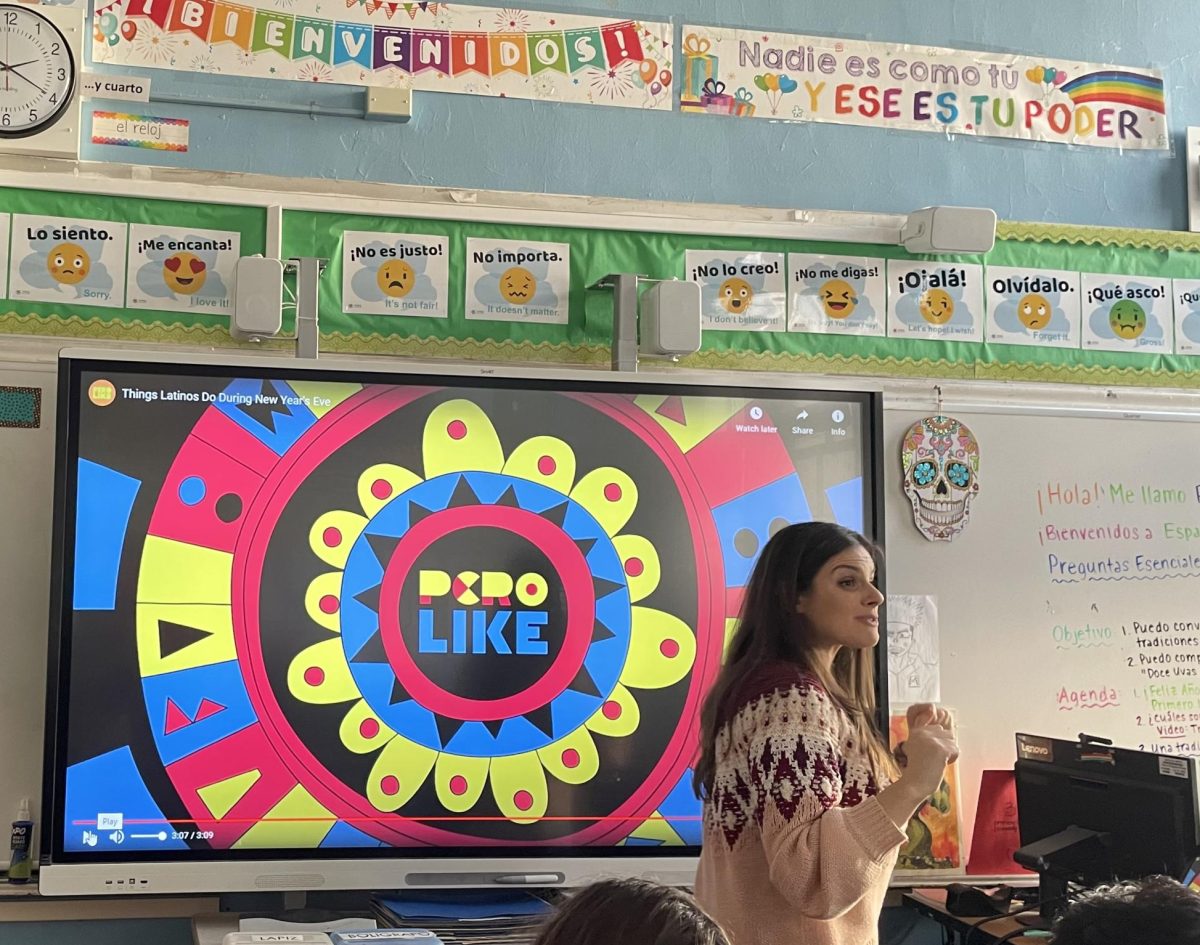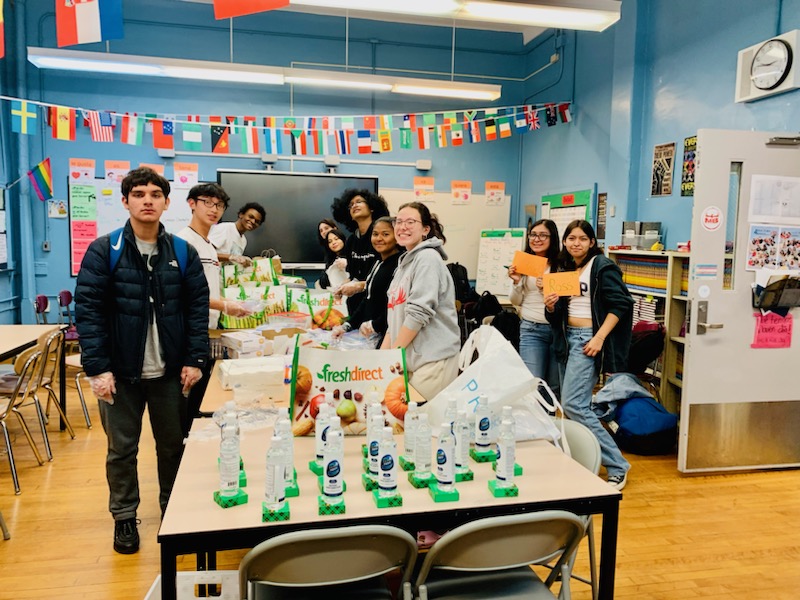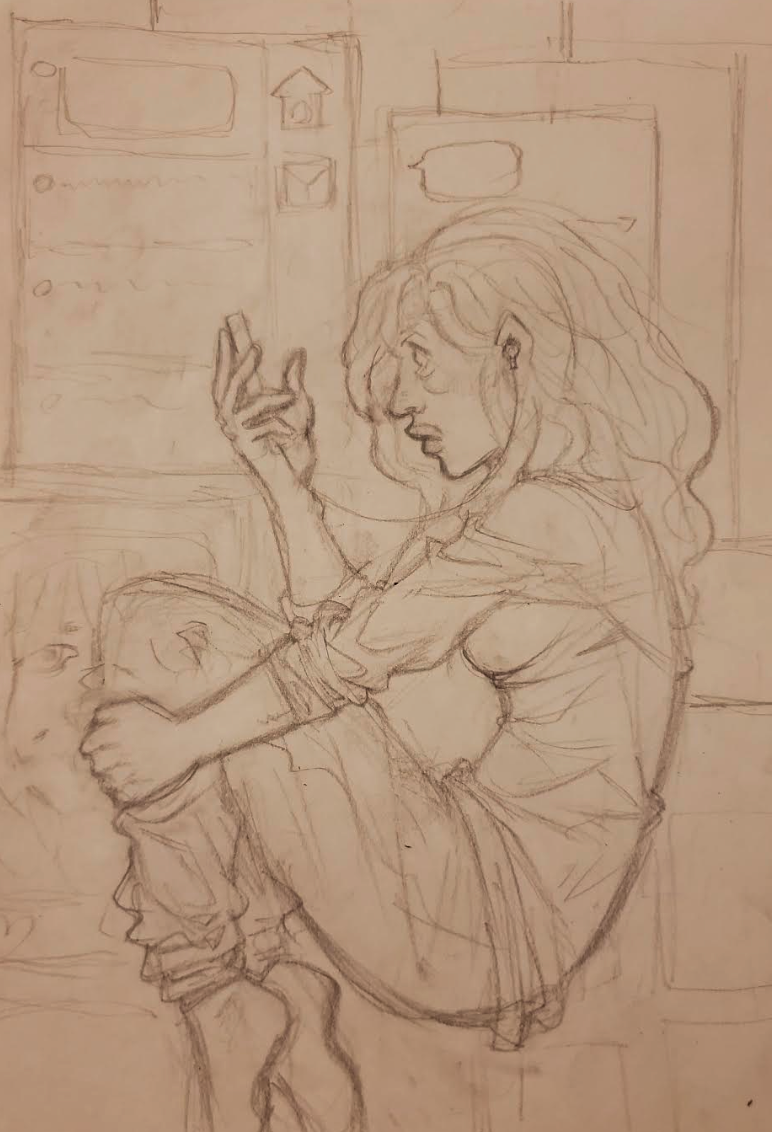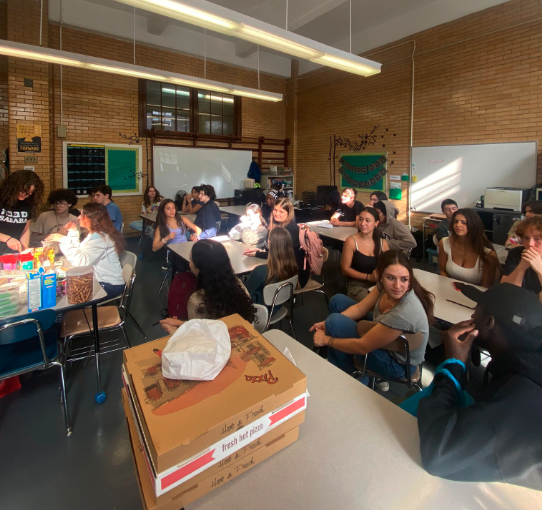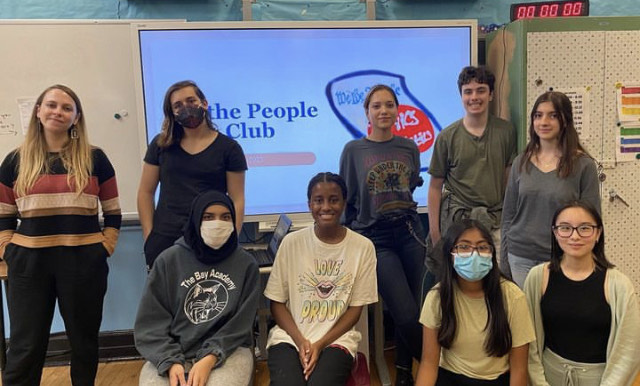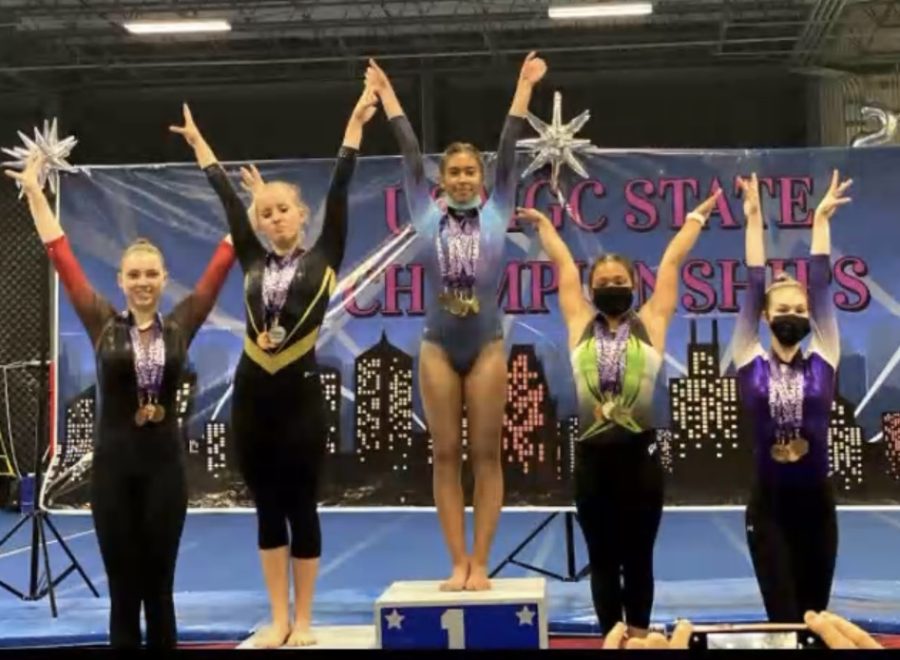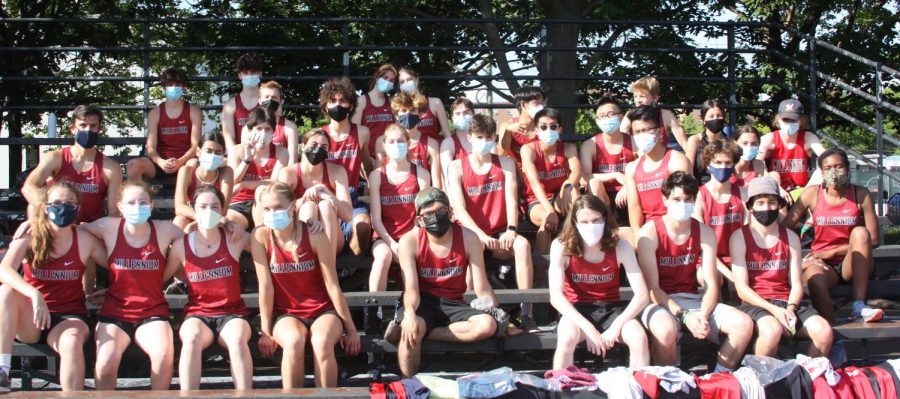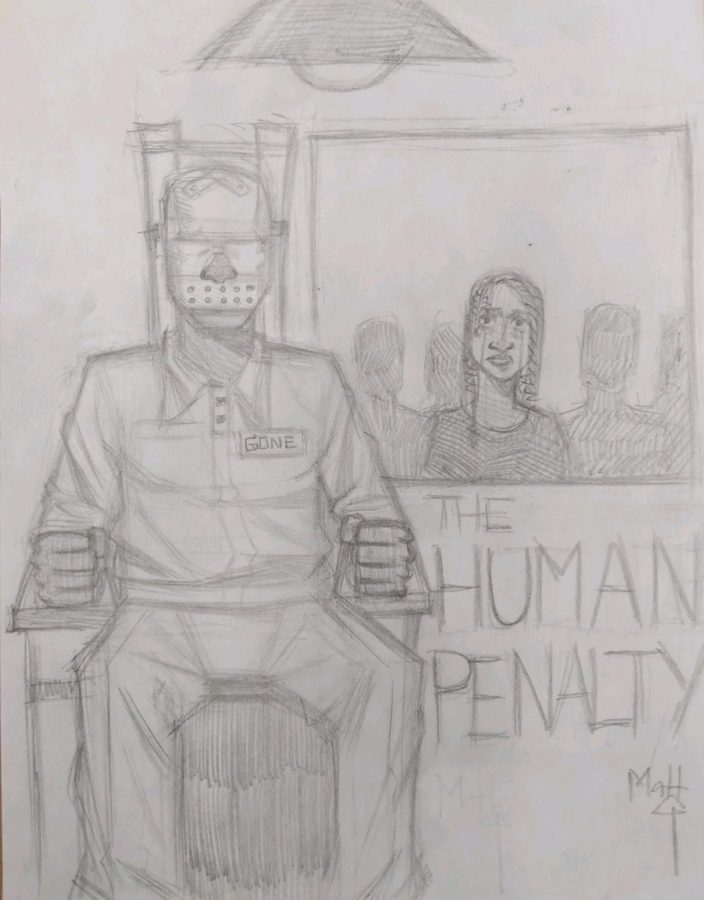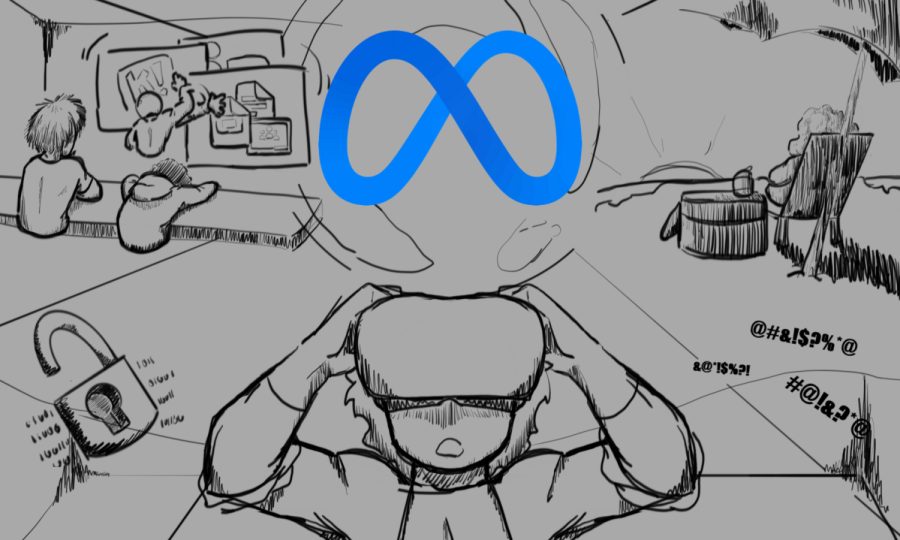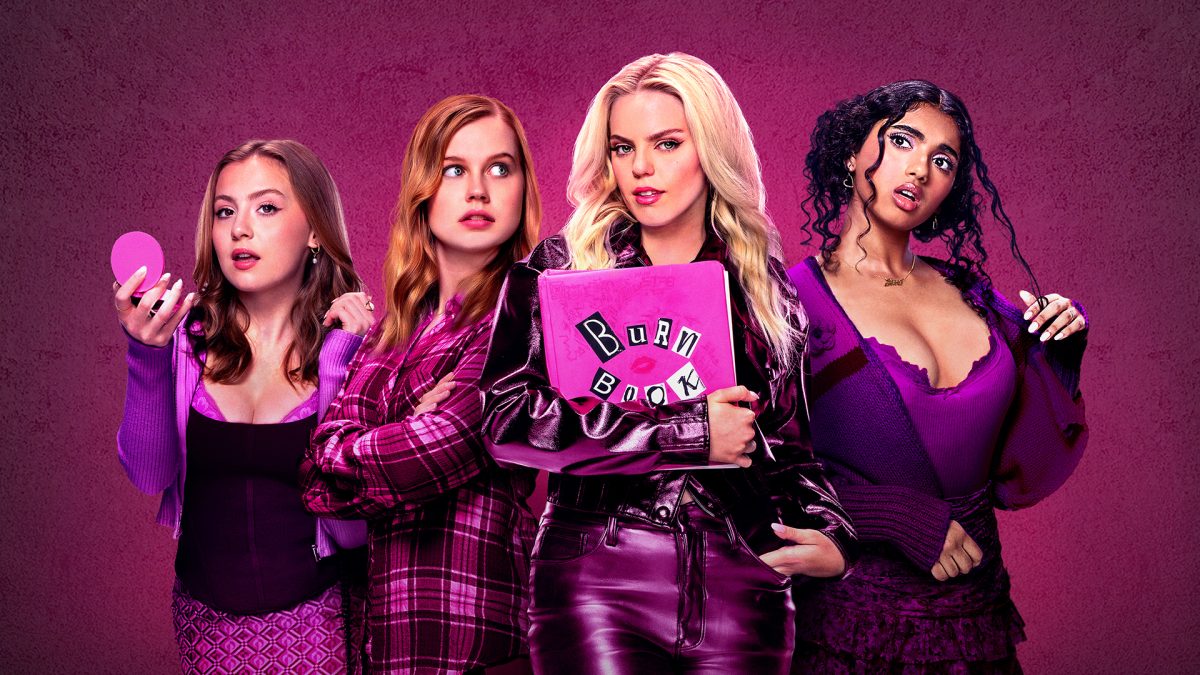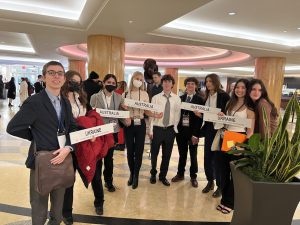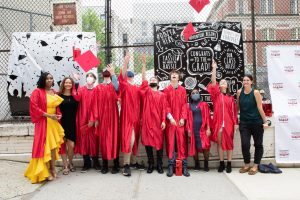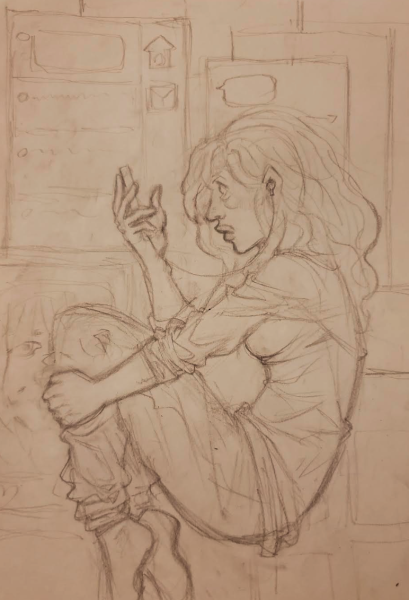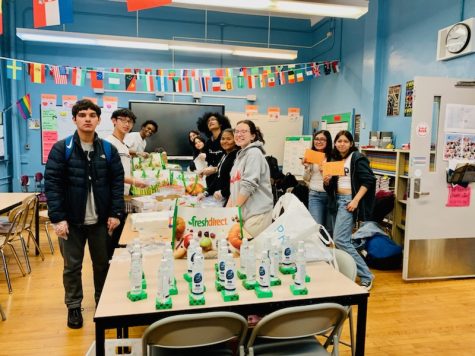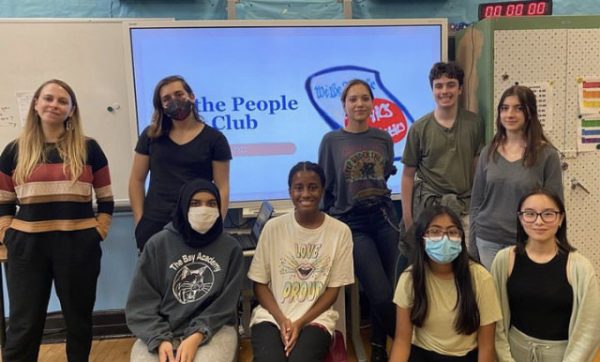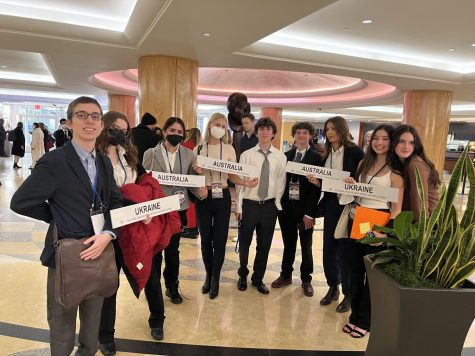Witchcraft’s Rising Popularity: What Does That Mean?
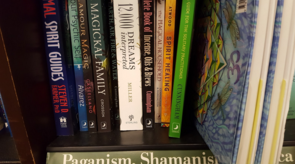
November 29, 2017
What do “The Craft,” “Sabrina: The Teenage Witch,” and “American Horror Story: Coven” all have in common? Simple: their focus on witchcraft.
For as long as media has been produced, a witch was almost always defined in the same light: a woman dressed in dark clothes and a pointy hat standing over a cauldron, mixing a potion and chanting ominously, with the intent to cause harm towards others. A black cat and a broom she could fly on weren’t usually very far from her, either. In the end, a witch was meant to be feared and shunned, and that was that.
However, in the last decade, this idea has been changed, especially in mainstream media. Gone are the pointy hats and the cauldrons. Media has done away with the brooms and the ominous chanting. Now, they’ve taken cues from “The Craft,” a well-known horror movie about a coven of witches in high school. Despite how “The Craft” ended with a downer, its effect is lasting. A witch is now seen as powerful and beautiful, and more importantly, as something to be praised. Popular magazine Vogue published articles over the summer detailing “How to awaken your inner witch.” On their Snapchat story, they featured this article and another article, which detailed two witches from Bushwick, Brooklyn preparing for the summer solstice, also known as Litha.
This has caused people to realize witchcraft isn’t just fantasy, or a plot for a piece of literature or film; it is an actual practice that people take part in, in multiple different forms. They cast spells, draw sigils, and have their own yearly calendar of sabbats they recognize and celebrate. The definition of witchcraft varies depending on the person you ask. S.L., a practicing witch, defined it as, “the inner power that all witches have — be they male, female or however they choose to identify– to transform the environment around them.”
For the most part, witches who have been practicing for a while are curious and a bit amused by the sudden popularity and mainstreaming of their practice. But when it comes to this new representation of witches and witchcraft, they still miss the mark, and continue to put witchcraft in a single view to be more “family friendly”.
“I think there is a difference between the fantastical representation and the realistic representation,” explained a junior at Millennium Brooklyn High School, who wishes to remain anonymous. “I don’t necessarily think there is a problem with representing it fantastically for the sake of escapism and fiction, but even when there is an attempt to represent it realistically, there are an exponential amount of ways it can still be stereotyped and misunderstood…people need to appreciate the idea that it is something that is very personal to people and is someone’s spiritual practice.”
His ideas were recognized and shared by S.L., who stated, “Magic isn’t this one box that is presented. It’s more than light, more than dark, so the fact that it’s shoved in a small “family friendly” box is kind of insulting. Magic itself is diverse as well as the people in it.”
The media may have deemed witchcraft to now be “cool,” but not all witches are excited by this sentiment. Some feel that, by glorifying their practice, it diminishes the meaning witchcraft has to them. It feels as though it is being shoved into a box that only shows the desirable side of witchcraft to appeal to others. All witches can agree, however, that the sudden exposure is of great interest to them and they wish to see how it may affect or not affect their daily lives when they tell people, “I’m a witch.”
